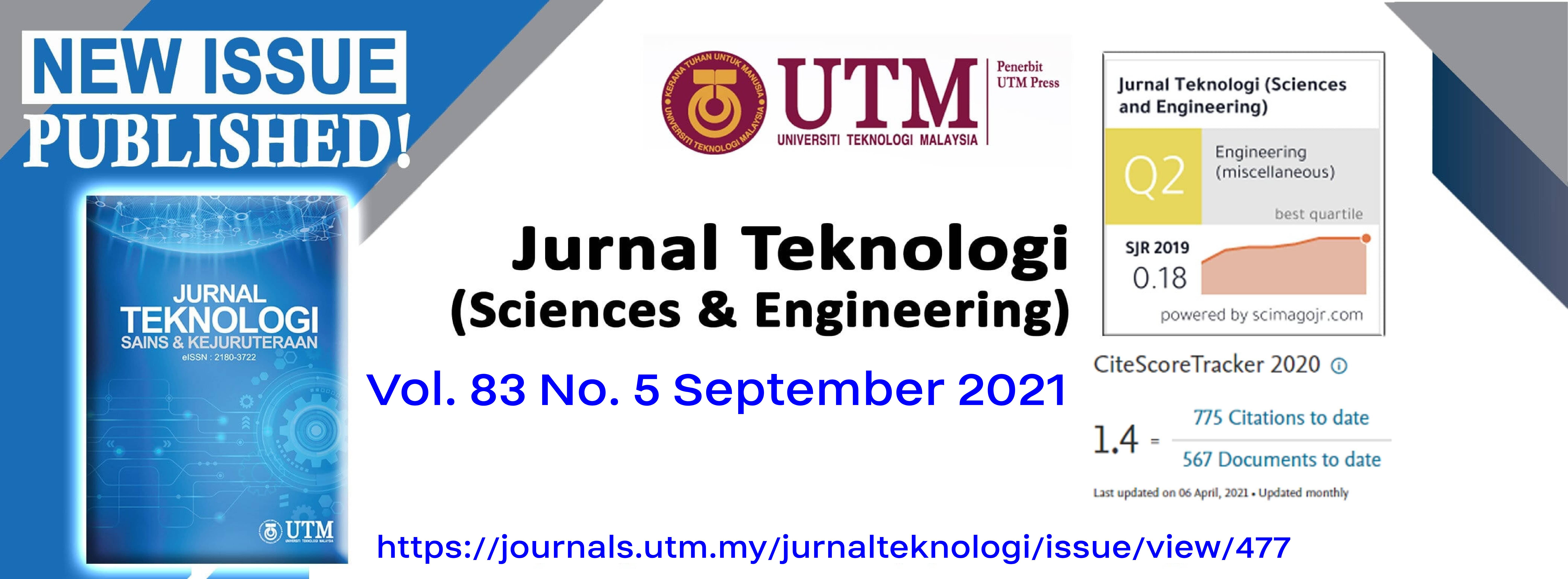GC-MS ANALYSIS AND ANTIMICROBIAL ACTIVITY OF STEREOSPERMUM FIMBRIATUM AGAINST SELECTED SKIN-ASSOCIATED PATHOGENS
DOI:
https://doi.org/10.11113/jurnalteknologi.v83.16972Keywords:
Stereospermum fimbriatum, Bignoniaceae, Chicha, skin infection, antibacterial, GC-MSAbstract
Stereospermum fimbriatum (local name: “Chicha”) has been used traditionally to treat postpartum illness, stomachache, earache and itchy skin in Malaysia. This study was performed to investigate the phytochemical contents of S. fimbriatum (flowers, leaves, twig and stem bark) by phytochemicals screening and GC-MS analysis as well as to determine their antimicrobial potential against eleven skin-associated pathogens. The extraction was done by soxhlet extractor using n-hexane (Hex), dichloromethane (DCM) and methanol, successively. The antimicrobial activity of all extracts was screened by disc diffusion assay and selected active extracts were evaluated for their minimum inhibitory and bactericidal concentration (MIC & MBC). Phytochemicals such as steroids, terpenoids, tannins, flavonoids and saponins were identified in different plant parts of S. fimbriatum. Hex and DCM extracts of stem bark were the most potent extracts especially against three susceptible pathogens, methicillin-resistant Staphylococcus aureus (13-15 mm), S. aureus (14-15 mm) and S. epidermidis (16 mm). The range of MIC values for Hex and DCM extracts was 0.4 to 0.8 mg/mL. GC-MS analysis of Hex and DCM extracts showed the presence of numerous bioactive compounds. The stem bark of S. fimbriatum was rich of bioactive compounds and exhibited potent antibacterial activity specifically against Staphylococci sp.
Downloads
Published
Issue
Section
License
Copyright of articles that appear in Jurnal Teknologi belongs exclusively to Penerbit Universiti Teknologi Malaysia (Penerbit UTM Press). This copyright covers the rights to reproduce the article, including reprints, electronic reproductions, or any other reproductions of similar nature.
















